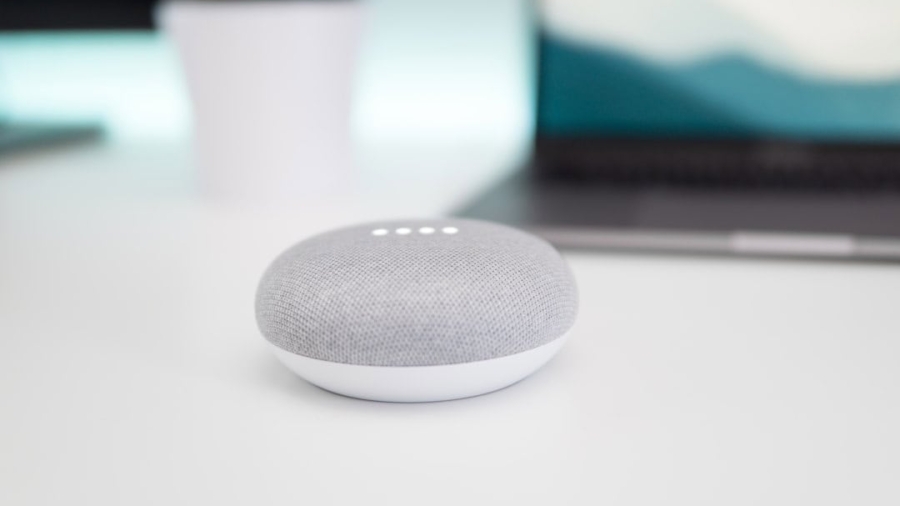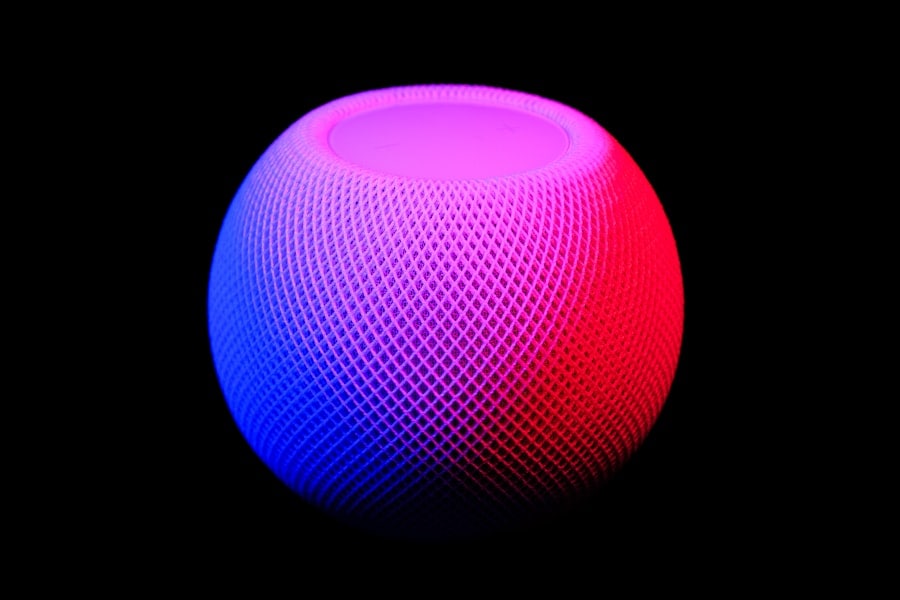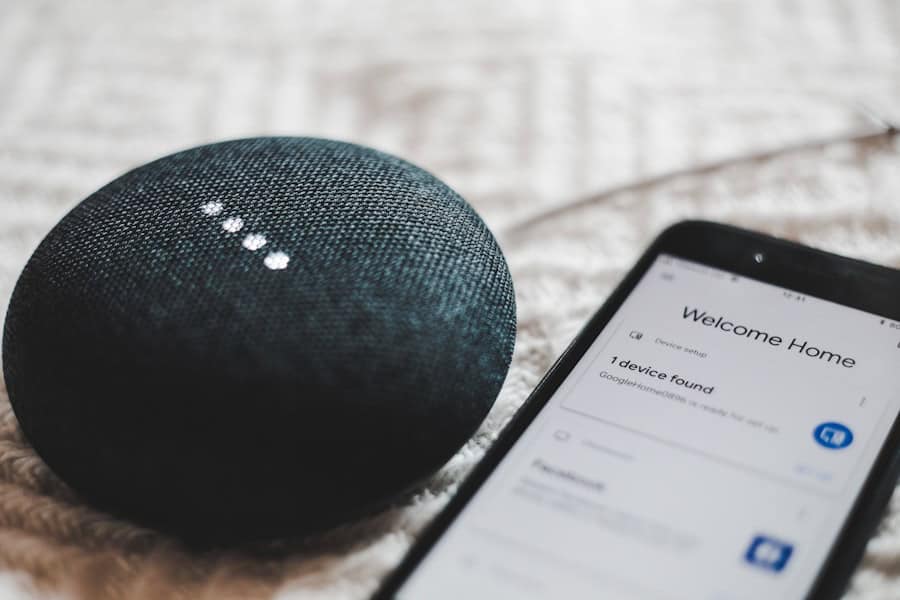The evolution of audio technology has transformed the way we experience sound in our homes. Gone are the days when music was confined to a single room, played through a bulky stereo system. Today, smart devices have revolutionized multi-room audio, allowing users to enjoy seamless sound throughout their living spaces.
This shift is not merely about convenience; it represents a significant leap in how we interact with music and audio content. Smart speakers, wireless systems, and interconnected devices have made it possible to create a cohesive audio environment that enhances our daily lives. Smart devices for multi-room audio encompass a wide range of technologies, from dedicated smart speakers to integrated sound systems that can be controlled via mobile applications.
These devices utilize Wi-Fi and Bluetooth connectivity to stream music from various sources, including online services, local libraries, and even voice commands. The ability to synchronize audio across multiple rooms means that users can enjoy their favorite playlists, podcasts, or radio stations without interruption, creating an immersive auditory experience that adapts to their lifestyle. As we delve deeper into the role of these devices, it becomes clear that they are not just tools for listening; they are integral components of modern home entertainment systems.
Key Takeaways
- Smart devices have revolutionized multi-room audio by allowing seamless connectivity and control across different rooms in a home.
- Smart speakers play a crucial role in multi-room audio by acting as the central hub for controlling and streaming audio to various rooms.
- Connecting and syncing smart devices for multi-room audio can be easily achieved through Wi-Fi or Bluetooth connectivity, ensuring a synchronized audio experience.
- Customizing multi-room audio experiences with smart devices allows users to create personalized soundscapes tailored to their preferences and moods.
- Managing multi-room audio with smart device apps provides users with convenient control over playback, volume, and audio sources across different rooms.
The Role of Smart Speakers in Multi-Room Audio
Smart speakers serve as the cornerstone of multi-room audio systems, providing both functionality and versatility. Devices like the Amazon Echo, Google Nest Audio, and Apple HomePod have gained popularity not only for their sound quality but also for their ability to integrate with various streaming services and smart home ecosystems. These speakers can be placed in different rooms, allowing users to control music playback from anywhere in the house.
The convenience of voice commands further enhances this experience, enabling users to request specific songs or playlists without needing to reach for their smartphones. Moreover, smart speakers often come equipped with advanced features such as voice recognition and smart assistant capabilities. This means that they can respond to individual users’ preferences, creating a personalized audio experience.
For instance, a family member might ask for a specific genre or artist, while another might prefer a different style altogether. The ability to cater to diverse tastes within a single household is one of the key advantages of using smart speakers in a multi-room setup. Additionally, many smart speakers support multi-room audio protocols like Apple’s AirPlay 2 or Google’s Cast technology, allowing for seamless synchronization across devices.
Connecting and Syncing Smart Devices for Multi-Room Audio
Establishing a multi-room audio system requires careful consideration of connectivity and synchronization among devices. Most modern smart speakers and audio systems utilize Wi-Fi networks to communicate with one another, which allows for high-quality audio streaming without the limitations of traditional wired connections. Setting up these devices typically involves downloading a companion app that guides users through the process of connecting each speaker to the home network and grouping them into zones or rooms.
Once connected, syncing the devices is crucial for achieving a harmonious listening experience. Many smart device manufacturers provide intuitive interfaces that allow users to group speakers by room or create custom zones for specific audio playback. For example, one might choose to have the living room and kitchen speakers play the same music while keeping the bedroom speaker on a different playlist.
Users can easily adjust volume levels in different rooms or switch between playlists with just a few taps on their smartphones.
Customizing Multi-Room Audio Experiences with Smart Devices
Customization is at the heart of modern multi-room audio systems, enabling users to tailor their listening experiences according to personal preferences and specific occasions. Smart devices often come with built-in equalizers and sound profiles that allow users to adjust bass, treble, and mid-range frequencies based on the acoustics of each room. For instance, a room with high ceilings may benefit from increased bass response, while a smaller space might require adjustments to prevent sound distortion.
In addition to sound customization, many smart audio systems offer features that enhance user engagement. For example, users can create playlists that cater to different moods or activities—whether it’s an upbeat playlist for a party or calming sounds for relaxation. Some systems even allow for integration with other smart home devices; imagine having your lights dimmed and your favorite ambient music playing as you settle in for a movie night.
This level of customization not only enriches the audio experience but also creates an atmosphere that aligns with the user’s lifestyle.
Managing Multi-Room Audio with Smart Device Apps
The management of multi-room audio systems has been significantly streamlined through dedicated smartphone applications. These apps serve as centralized control hubs where users can manage all their connected devices from one interface. Whether it’s adjusting volume levels, switching between audio sources, or creating custom playlists, these applications provide an intuitive user experience that simplifies interaction with complex audio setups.
Many apps also offer advanced features such as voice control integration and automation capabilities. For instance, users can set routines that automatically play specific playlists at certain times of the day or trigger different audio settings based on their location within the home. This level of control not only enhances convenience but also allows users to create an immersive environment tailored to their daily activities.
Furthermore, some applications support integration with third-party services like Spotify or Apple Music, enabling users to access their favorite content without switching between multiple platforms.
Integrating Smart Devices with Existing Audio Systems
For those who already have established audio systems in their homes, integrating smart devices can enhance functionality without requiring a complete overhaul of existing equipment. Many smart speakers and streaming devices are designed to work alongside traditional audio systems through various connectivity options such as Bluetooth, optical cables, or auxiliary inputs. This means that users can enjoy the benefits of smart technology while still utilizing their beloved legacy equipment.
Additionally, some manufacturers offer adapters specifically designed to bridge the gap between old and new technologies. These adapters can connect traditional audio components to Wi-Fi networks, enabling them to participate in multi-room audio setups alongside newer smart devices.
Overcoming Challenges in Multi-Room Audio with Smart Devices
While the advantages of multi-room audio systems are numerous, there are challenges that users may encounter when setting up and managing these technologies. One common issue is network reliability; since most smart devices rely on Wi-Fi connectivity, any interruptions in service can lead to disruptions in audio playback. To mitigate this risk, users should ensure they have a robust home network with sufficient bandwidth to support multiple streaming devices simultaneously.
Another challenge lies in compatibility among different brands and ecosystems. Not all smart speakers and audio systems support the same protocols or standards for multi-room audio. Users may find themselves limited by proprietary technologies that prevent seamless integration across devices from different manufacturers.
To address this issue, it is advisable for consumers to research compatibility before making purchases and consider investing in devices that adhere to widely accepted standards like AirPlay 2 or Google Cast.
Future Trends in Multi-Room Audio Enabled by Smart Devices
As technology continues to advance, the future of multi-room audio promises even more exciting developments driven by smart devices. One emerging trend is the integration of artificial intelligence (AI) into audio systems. AI algorithms can analyze user preferences over time and automatically curate playlists or suggest new music based on listening habits.
This level of personalization could redefine how we discover and enjoy music in our homes. Additionally, advancements in spatial audio technology are set to enhance the immersive experience of multi-room setups further. Spatial audio creates a three-dimensional sound environment that allows listeners to perceive sound from various directions, adding depth and realism to music playback.
As more content becomes available in spatial formats, smart devices will likely evolve to support these technologies, providing users with an unparalleled auditory experience. Moreover, as smart home ecosystems become increasingly interconnected, we can expect multi-room audio systems to integrate more seamlessly with other smart devices in our homes. Imagine a scenario where your smart thermostat adjusts based on the music genre you’re playing—cooling down during an energetic dance party or warming up during a cozy evening with soft jazz.
The possibilities are vast as manufacturers continue to innovate and enhance user experiences through interconnected technologies. In conclusion, the landscape of multi-room audio is rapidly evolving thanks to smart devices that offer unprecedented convenience and customization options. As we embrace these advancements, our relationship with music will continue to deepen, transforming our homes into dynamic soundscapes tailored to our individual tastes and lifestyles.
If you are interested in exploring the latest software tools for enhancing your audio experiences, you may want to check out the article on software-free studio3 to SVG converter. This article discusses innovative software solutions that can help you convert audio files seamlessly. By incorporating these tools into your setup, you can further enhance the multi-room audio experiences enabled by smart devices.
FAQs
What are smart devices for multi-room audio experiences?
Smart devices for multi-room audio experiences are electronic devices that can connect to each other and play synchronized audio across different rooms in a home or building. These devices are typically controlled through a mobile app or voice commands and can be connected to streaming services or local music libraries.
How do smart devices enable seamless multi-room audio experiences?
Smart devices enable seamless multi-room audio experiences by using wireless connectivity such as Wi-Fi or Bluetooth to communicate with each other. This allows for synchronized playback of audio across different rooms without any noticeable delay or interruption.
What are the benefits of using smart devices for multi-room audio experiences?
Some benefits of using smart devices for multi-room audio experiences include the ability to easily control and customize audio playback in different rooms, the convenience of using a single app or voice commands to manage multiple devices, and the flexibility to expand the system by adding more devices as needed.
What types of smart devices can be used for multi-room audio experiences?
Smart speakers, soundbars, amplifiers, and receivers are common types of smart devices that can be used for multi-room audio experiences. These devices can be placed in different rooms and connected to create a seamless audio network.
Are there any limitations to using smart devices for multi-room audio experiences?
Some limitations of using smart devices for multi-room audio experiences may include the need for a stable and reliable Wi-Fi network, potential compatibility issues between different brands or models of smart devices, and the initial cost of purchasing multiple devices for each room.



